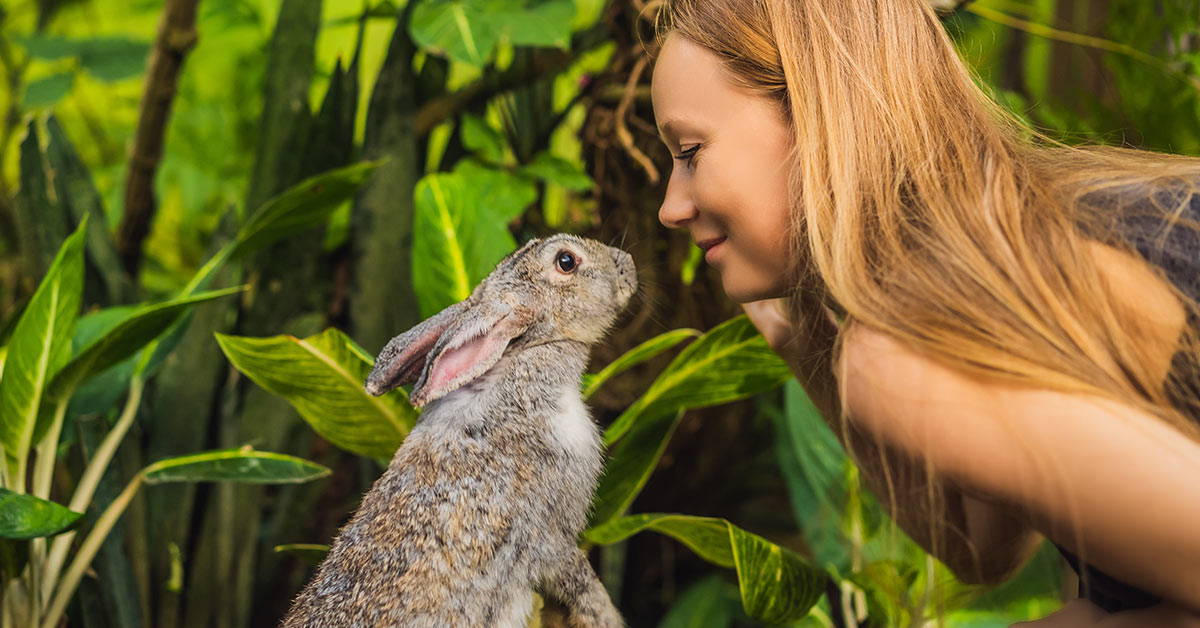When you hear the phrase “cruelty-free,” what do you think of? Likely, your mind automatically jumps to animal cruelty. This is because veganism has usurped this phrase as a way to advertise or describe vegan products. Recently, people have begun pointing out that this is actually a false statement. Veganism is not cruelty-free – for animals or people. Here is why.
Veganism Is Not Cruelty-Free
Of course, there are many reasons people choose to go vegan, and this article is in no way attempting to tell these people they are wrong. It is simply pointing out the fact that veganism is not cruelty-free like many want to believe. Not only are animals still harmed and exploited in the production of non-animal products, but people are, as well.
Human Exploitation In The Agriculture Industry
Did you know that 60% of the child labor force (children working for free between the ages of 5 and 17) work in agriculture? This is over 98 million children. The work is not only hard, but much of it is dangerous. Approximately 59% of children in hazardous jobs work in the agriculture industry. (1)
This is only part of the problem. Outside of child labor, the agriculture industry is full of low-paid workers who work in terrible conditions. They have no rights, work long hours in hazardous conditions, and still can barely afford to feed their families. From there, our desire for certain vegan staples, such as avocados and quinoa, has a terrible effect on the people who live in the countries that produce those products. (2)
In Bolivia, for example, quinoa was a staple product in their diet. Since its explosion in North America, the demand for this grain has skyrocketed – and so has its price. Now, the people who relied on quinoa for nutrition can’t afford it. Asparagus is another product that has affected these people. In Peru, asparagus has depleted the water supplies that these villages rely on, working conditions are terrible, and asparagus farmers can barely afford to feed their families. All so that other people in wealthier countries can eat the vegetable whenever they want to. (2)
Those who go vegan for environmental reasons will be saddened to learn that soy is now one of the two main reasons for deforestation in South America. However, they can rest easy knowing their own demand and consumption of the bean is not causing the problem. According to The Guardian, This is because 97% of soy is grown for animal feed (2).
Read: People Are Turning Vegan After Watching Seaspiracy On Netflix, But How Accurate Is The Documentary?
Migratory Beekeeping
Another part of most vegan regimens that separates them from vegetarians is that they, for the most part, do not eat honey. This is because honey is a product produced by bees. Unfortunately, even if you avoid honey, you aren’t necessarily avoiding forced bee labor. For many crops in the agricultural industry, farmers use migratory beekeeping to pollinate and grow crops. (3)
Migratory beekeeping involves putting beehives in trucks and bringing them to the fields. The bees live here for a short time to pollinate the crops. Without this practice, the United States would lose about one-third of its crops, and farmers wouldn’t be able to meet demands. (3)
There are a few problems with migratory beekeeping (3):
- Their diet is not diverse as it would be in nature and is, therefore, less nutritious
- Boomerangs bees between feast and famine because once the bloom of that crop is over, there is nothing left for them to eat
- When in transit, they have nothing to eat and nowhere to defecate
- Food given to them on the road isn’t as nutritious as wild nectar
- Bees from across the country are put in the same farm, which promotes the spread of disease and potential hive collapse
Products that use migratory beekeeping include (4):
- Avocados
- Almonds
- Broccoli
- Blueberries
- Blueberries
- Cherries
- Apples
- Melons
- Lettuce
- Plums
- Alfalfa
- Sunflowers
- Clover
- Cranberries
- Squash
- Pumpkins
- Various other vegetables
It is impossible to know when shopping at the supermarket whether or not the products you are buying have used migratory beekeeping or not. (4)
The Bottom Line
Veganism is not cruelty-free – not for humans or animals. That being said, that doesn’t mean that vegans should stop being vegan. In fact, it may still be our best bet for a truly cruelty-free food system; there’s just some work to be done. This is simply to remind people that eating an environmentally and ethically conscious diet is much more complicated than avoiding animal products. Unless you buy all of your food from local farmers in season and know where it’s coming from, your food may have a negative ethical, ecological, and environmental footprint. We all need to do our best however we see fit. For some, this means being vegan. For others, it means continuing to eat meat but purchasing it from local farmers with proper practices or honey from ethical beekeepers. Let’s not get angry or feel superior to others simply because they choose a different way to eat than you.
Keep Reading: ‘No-Kill’ Lab-Grown Meat To Go On Sale For First Time
Sources
- “Child labour in agriculture.” ILO
- “Can vegans stomach the unpalatable truth about quinoa?” The Guardian. Joanna Blythman. January 16, 2013.
- “Sorry, vegans. If you don’t eat honey, avocados might be off-limits, too..” Washington Post. Maura Judkis. October 17, 2018.
- “The Mind-Boggling Math of Migratory Beekeeping.” Scientific American. Ferris Jabr. September 1, 2013.

